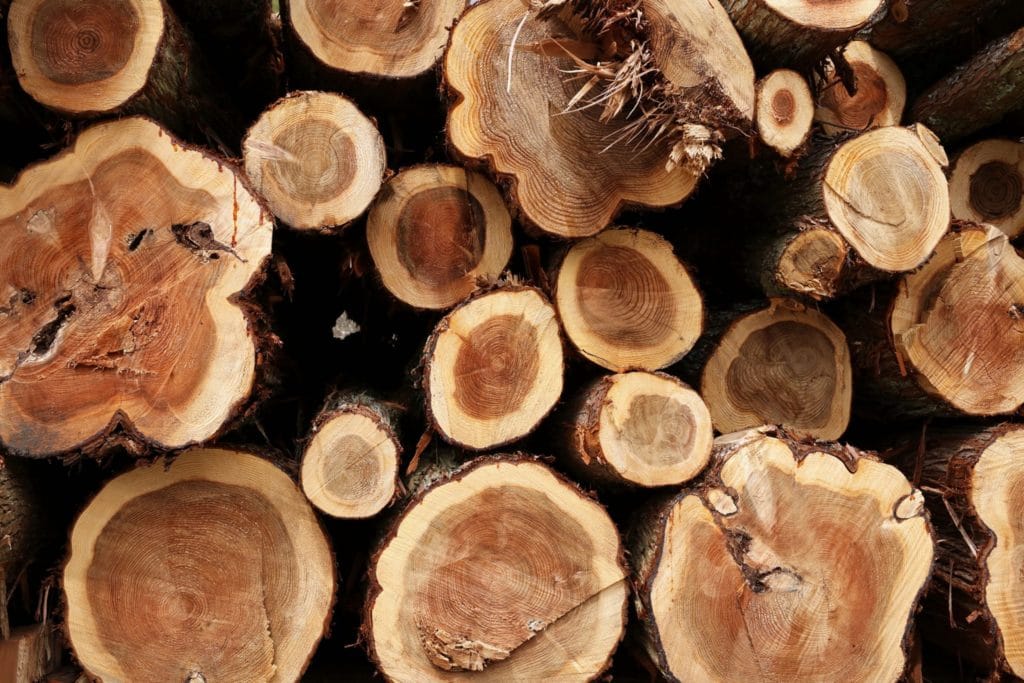September, 2021
The US cedarwood market continues to remain a challenge for producers due to a variety of factors: labor, weather, and increasing consumption trends. Cedarwood oil is derived from two main sources: Juniperus virginiana (Virginia Cedarwood) and Juniperus mexicana (Texas Cedarwood). Both species grow abundantly throughout Texas and the southeastern United States, which are areas that have suffered significant challenges over the previous year.
Labor is a major issue for domestic cedarwood production; almost every aspect of the global economy has felt labor shortages in one way or another, but this area has been hit especially hard. Logistics in the region are challenging, not only due to a lack of truck drivers and workers, but also because of COVID-19 impacts which have continued to affect major production sites. As a result of this, raw material collection of cedar has been reduced throughout much of 2021. While carryover would normally make up for this fact, the now-notorious “February Freeze” in the southern United States caused unforeseen production delays. On top of all these issues, global demand for cedarwood oil is extremely high, putting additional pressure on all available volumes of the product. Put simply, it’s been a confluence of delays and shortages coupled with strong demand.
Going forward, Berjé expects pricing of cedarwood oil to be very firm over the next 6-12 months. Producers are heavily investing in increasing volumes to stabilize the supply chain. Wood supply is aiming to stabilize as time goes on, when workers return to collection and transportation jobs within the region. Berjé will continue to monitor the cedarwood market and provide regular market updates via Berjé Online.
Posted In:
Market Report - Cedarwood - Coronavirus - COVID-19 - February Freeze - Labor Shortage - Market Report - Texas Cedarwood - United States - Virginia Cedarwood
